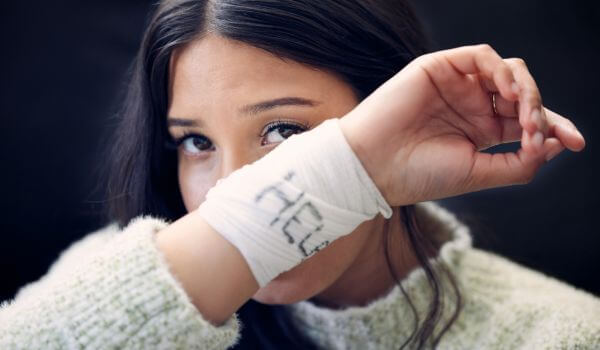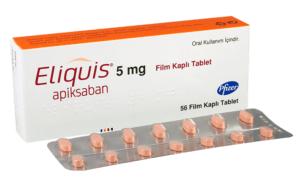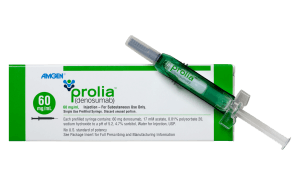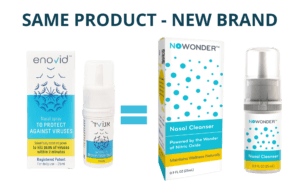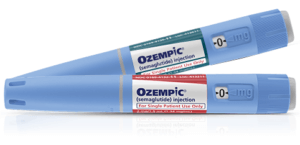What is now being reported as a “tripledemic of Covid, RSV and flu” is pushing U.S. hospitals into a crisis mode. A few months back, we reported on the observations coming from Southern Hemisphere countries like Australia and New Zealand that “Flu is coming early this year”, and even earlier that “there could be a twindemic” coming to the Northern Hemisphere at the end of 2022. Now the winter months have arrived, and unhappily, it’s even worse than we could have imagined. On top of the twins of novel Coronavirus variants, and flu viruses that skipped two seasons thanks to the extra protections and isolations brought on by the pandemic, there is now a third vector of infection in a new strain of respiratory syncytial virus, that infects the lungs and breathing passages and causes flu-like symptoms.
The triple-whammy of these three infective viruses all arriving at the same time, and considerably earlier than usual, has thrown hospitals all around the US into a crisis. It is especially serious for pediatric wards as ICU wards reach capacity. It has been reported that the pediatric death toll has jumped significantly over past weeks, as children are being infected with more than one virus at the same time.
According to a recent AMA podcast, the hospitalization rate for RSV is ten times higher than usual for this point in the season and according to the weekly CDC influenza survey, there have already been twelve pediatric flu deaths this season. Nearly 21 per 100,000 children ages 4 and under are being hospitalized for the flu, whereas last year at this time, less than 1 child under age 4 per 100,000 was being hospitalized.
Doctors are sending patients back home before full recovery
Without the choice of moving recovering patients out of ICU onto general wards, doctors are having to make the hard decision to discharge them back to home care, because as soon as a child is discharged, the ICU bed fills up with another patient in need. Around three-quarters of pediatric hospital beds nationwide are now full, according to data from the Department of Health and Human Services.
The surge has caught doctors off-guard, since according to the Centers for Disease Control and Prevention, weekly numbers of RSV and other respiratory viruses rose more than fivefold between mid-August and mid-October, which predates the expected winter surge.
The same pattern that we reported on as to why influenza this year has been far more infectious is causing this response to respiratory viruses. During the pandemic years, masking and social distancing prevented people from getting exposed to the respiratory viruses. Now they are beginning to encounter new pathogens for the first time, without immune protection.
RSV often produces the same symptoms as a common cold, but it can lead to more serious infections, pneumonia or bronchiolitis. Infants and children with lung diseases or weakened immune systems are at highest risk.
How to manage home care
If you are one of the families that has been pushed by the hospital ward crisis into taking a sick child home for recovery before they would otherwise have done were it not for this crisis, there are a few important steps you should think about taking to make your home as safe as possible.
Apart from remedies and soothing, there are some really important steps that can help you to make your home environment at least somewhat as effective as your patient would have benefited from in the hospital.
- Follow basic hygiene practices
- Everyone should wash their hands or use a hand sanitizer when coming into the patient’s area
- Encourage them to avoid touching their eyes, nose and mouth, where germs can easily enter the body
- Remind children to cough or sneeze into a tissue, and to throw it away and then wash their hands
- Keep surfaces clean, with plenty of disinfectant wipes to clean shared surfaces. Some viruses like the flu can survive for many hours and if brought into the room by others, can go on to infect the patient
- Restrict visiting as much as possible, and especially keep other sick children at a distance
Perhaps one of the most important things you can do is to keep yourself free from infections. As the primary health carer, you will be the person who could be moving in and out of the patient’s area, and could unwittingly be the vector that introduces an unwanted infection.
One way to make yourself super-safe is to ensure that your own level of susceptibility to infection is minimized. A great way to do this is to use the anti-virus defender Enovid, which you can think of as your portable shield against all viruses. At the same time as you need to wash your hands and keep surfaces clean, you need to stop your own breathing from being the path via which a virus can get into your patient’s area. Enovid will kill 99.9% of all viruses that try to enter your nasal passages, including the flu, coronavirus and rhinoviruses that are causing so much damage.



